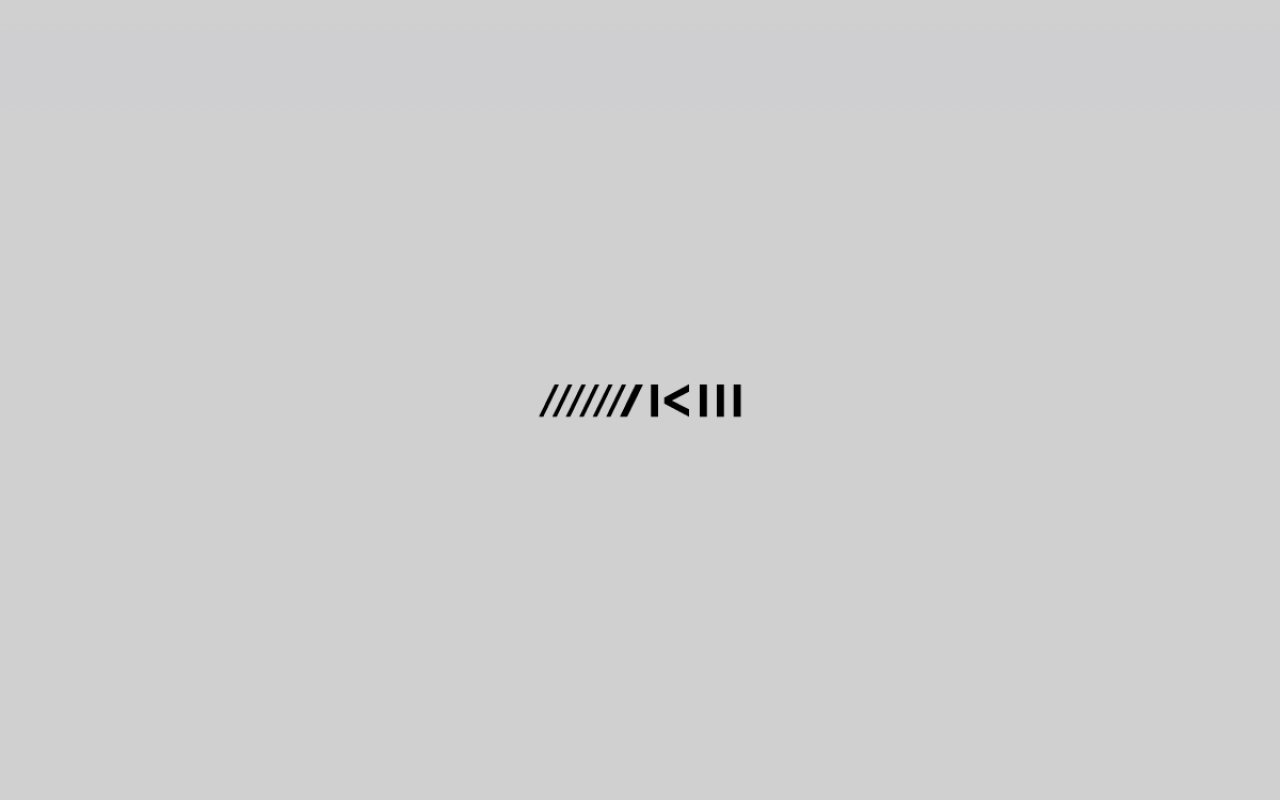Jeffrey Shaw: 360°-PanoramaCamera (1998-2006)
- Duration
- 3:46
- Category
- Documentary of artworks
- Description
The playback of moving-imagery on cupola shaped, and panorama projection-environments in the context of artistic projects was a plan, which came up at ZKM in 1998. Starting to work on this plan the development of a PanoramaCamera began, which enables shooting moving-panorama-imagery: All the single images from several cameras which are arranged in a circle are fit together to a panorama image and saved as moving images. All together 25 high-quality 3-Chip CCD Cameras of the Fa. Hitachi were implemented in a new, cupola shaped container, which was made by Fa. IBP-metrology from Karlsruhe in cooperation with ZKM and Andreas Tiel. The camera which can be used not only for panorama but also for spherical shots consists of three sections. The lower ring comprises 15 digital ½ chip cameras with 6 mm-lenses by Fa. Pentax. The second section consists of 8 1/3 chip cameras, with 4mm-lenses by Fa. Zeiss. Two 2,8 mm-lenses by Fa. Fuji are implemented on top of the container which cover up the cupolas cap. The cameras signals are saved as quicktime dv – format directly on the harddrive. The recording of each video-sequence is controlled centrally, the images flow of each camera is electronically synchronised (genlocking). The capacity of the harddrive is big enough for 175 minutes of recording. For audio recording, four microphones by the company Schoeps are implemented in the cameras head. To extend the creative options, the camera was transformed into a mobile recording-unit, which allowes to interiour and exterior recording. To provide the specific conditions of filmproduction, an interactive preview-software was developed. It simulates a panorama or cupola-like arrangement of the footage and allows the director to evaluate the quality of the footage right away. This new way of production is a challenge – for artistic, scientific and also commercial aspects, concerning the area of hardware – and software development. The PanoramaCamera was used in the context of e.g. Jeffrey Shaw: „Place-Ruhr“ (2000) and Jean Michael Bruyere: CaMg(Co3)2 (2007). The PanoramaCamera was carried out by Jan Gerigk, Torsten Ziegler, Manfred Hauffen and Bernd Lintermann.
